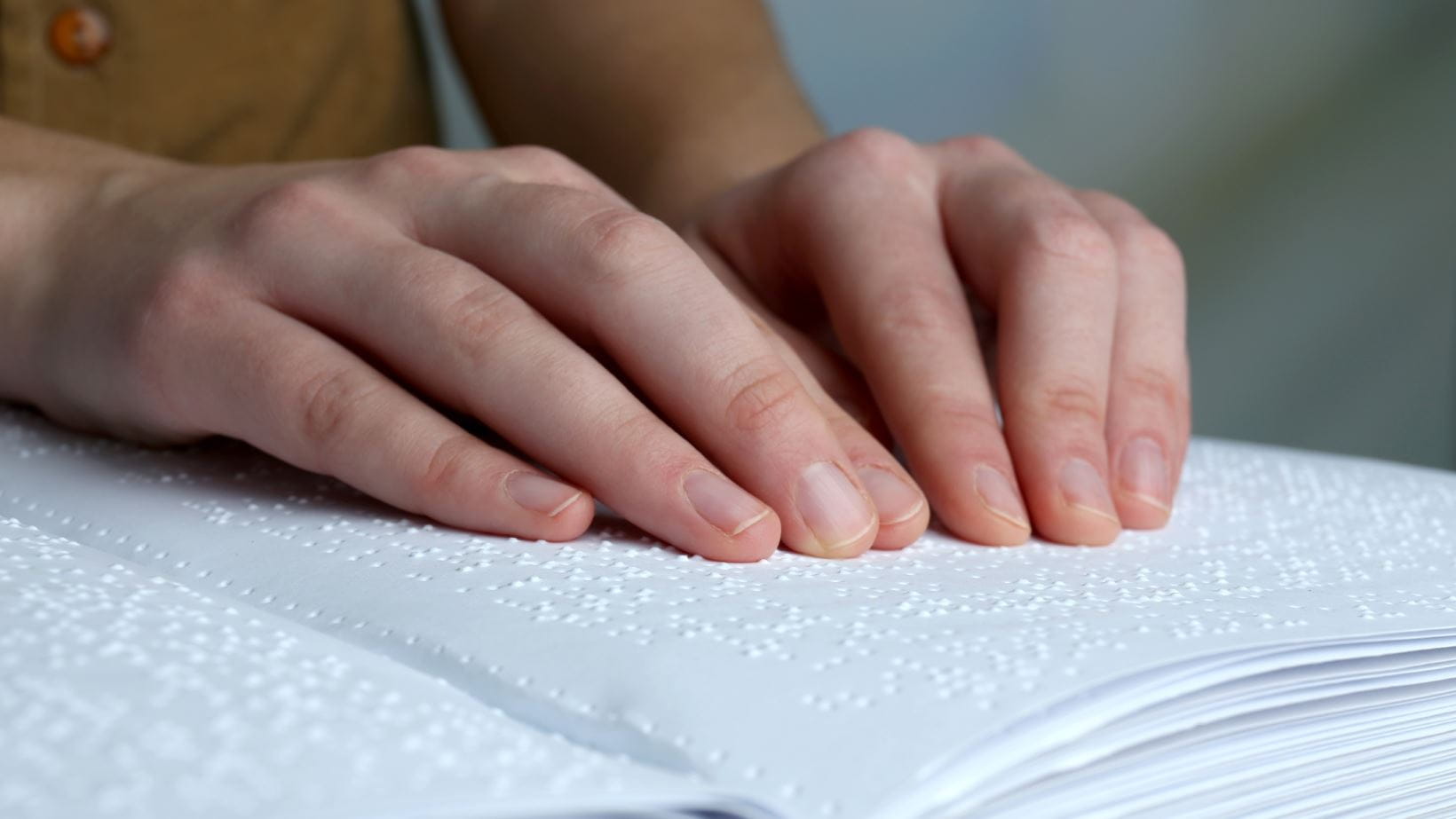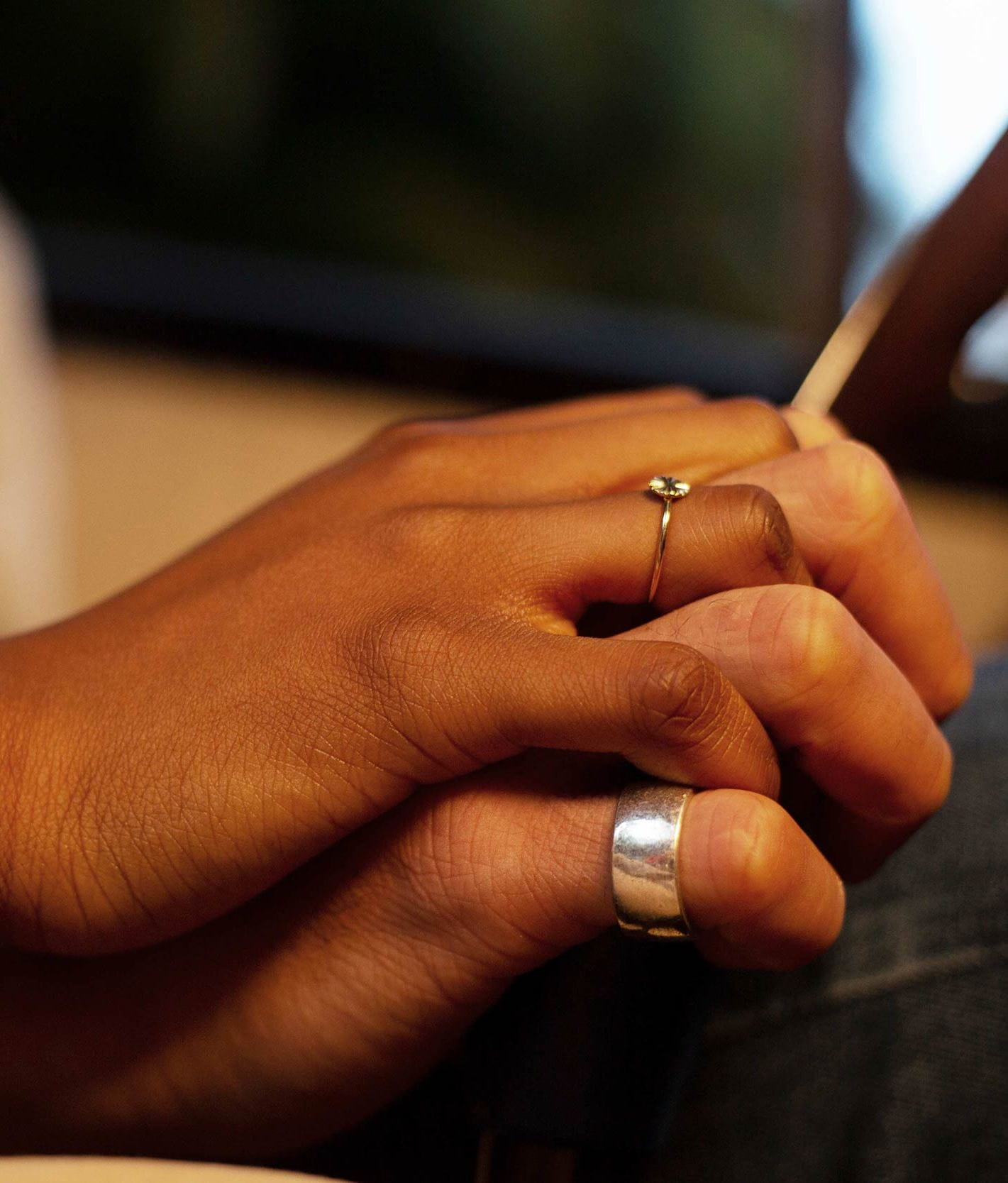A lot of what we know about the biology of human touch surprisingly comes from studies of “touch deprivation” in rats and monkeys and in children who have been reared in compromised situations – premature babies in incubators and children living in institutions. The animal studies have been especially revealing.
Many young animals separated from their mothers show significant developmental delays and behavioral abnormalities, but what exactly about the absence of maternal care causes those adverse effects? To find answers to this question, in the 1980s scientists first isolated newborn rat pups from their mothers and documented the expected developmental delays. These delays were accompanied by marked changes in the pups’ biochemistry, notably suppression of growth hormone release and protein synthesis. The question then arose as to what type of stimulation would make these growth parameters return to normal? Controlling pups’ body temperature, feeding, and auditory, visual, and olfactory stimulation made no difference in their growth. Deprived pups could even be returned to their litter mates and to their mothers, who had been anesthetized to prevent maternal stimulation but not feeding, and the pups’ growth did not return to normal. The missing active ingredient turned out to be the tactile stimulation derived from mothers’ normal licking and grooming of their pups. When the researchers simulated those tactile sensations by stroking the pups with a wet paint brush at the pressure and frequency of their mothers’ licking and grooming, the growth hormone production and protein synthesis of the pups returned to normal. Loss of tactile stimulation from their mother on the pups’ physiology is long-lasting: pups whose mothers licked and groomed them frequently at birth responded more adaptively to stress as adult rats than pups of low licking-and-grooming mothers.
These animal studies informed our understanding about the role of touch in human development. Two situations provide “natural experiments” of what happens to human infants when deprived of touch. One is prematurity and isolation in neonatal intensive care units (NICUs) and the other is orphanage rearing. A study in the 1960s suggested that institutionalized babies provided just 20 minutes of extra tactile stimulation per day after ten weeks fared significantly better on developmental assessments. In the late 1980s, however, the world’s attention was drawn to the plight of Romanian orphans who were living in stark institutional environments deprived of normal human and environmental stimulation. These orphans showed shocking delays in long-term growth and poor socioemotional development. Of course, they lacked many types of stimulation, but, because of orphanage understaffing, lack of tactile stimulation – human touch – was a prominent deprivation in these unfortunate orphans’ lives.
Highly premature babies can spend their first weeks (or even months) in incubators and thus do not experience a normal range of sensory stimulation including touch. With advances in medical treatment, survival rates for these infants have greatly improved. However, a continuing challenge has been to ensure that preterms grow and develop normally, as many suffer significant developmental deficits.
Numerous studies have examined the effects of supplemental stimulation on the development of preterm babies. Not surprisingly, because of the relative salience of the different senses early in development (when sight and hearing are not so well developed as touch), tactile stimulation is particularly effective in improving developmental outcomes. Following the studies of tactile stimulation of rat pups, researchers have explored whether touch, in the form of massage, combined with moving babies’ limbs, could improve outcomes for preterm babies. Indeed, preterm babies who receive supplemental tactile stimulation gain more weight than those who do not, are more active, show better performance on standardized assessments of development (including orienting, motor behavior, and regulation of state), and on average fewer days in hospital. These benefits remain even accounting for other stimulation, food intake, and infants’ medical status. Moreover, the effects of massage persist: when tested after 8 and 12 months, massaged infants weigh more and score better on mental and motor assessments. Similar salutary effects of touch on development have been found with typically developing babies. The “still face” is a psychological paradigm where a mother first interacts normally with her infant but then adopts a nonresponsive stance, remaining still and ceasing to interact. In this way, the still face simulates maternal deprivation by making the mother temporarily socially unavailable to the child. Normally, babies as young as two months of age become upset during the still face. Infants will display negative physiological (hormonal and cardiac) and behavioral (withdrawal, gaze aversion, self-soothing, and negative arousal) responses. However, when mothers maintain a still face but continue to touch their infants, the infants cry less, display less negative arousal and self-soothing behavior, and, notably, their negative physiological reactions are reduced.
Together, these deprivation and experimental studies demonstrate the power of touch in regulating biology and behavior. What is more, numerous other studies have catalogued the many beneficial effects of touch on babies’ stress responses, arousal, heart rate, blood pressure, immune system, and more. Nearly all around the world, parents swaddle infants as an effective means to soothe them, decrease stress, reduce heart rate, and induce higher-quality sleep. Touch exerts similar soothing effects on adults. Physical contact – such as holding hands, hugging, or a massage from a romantic partner – before a stressful situation (e.g. public speaking) lowers blood pressure, heart rate, and stress hormone levels. Volunteer “grandparents” who both received massages themselves and gave massages to infants experience less anxiety and depression, enjoy better sleep, and benefit from lower levels of stress hormones. Touch has many practical and therapeutic functions that will be discussed below.







